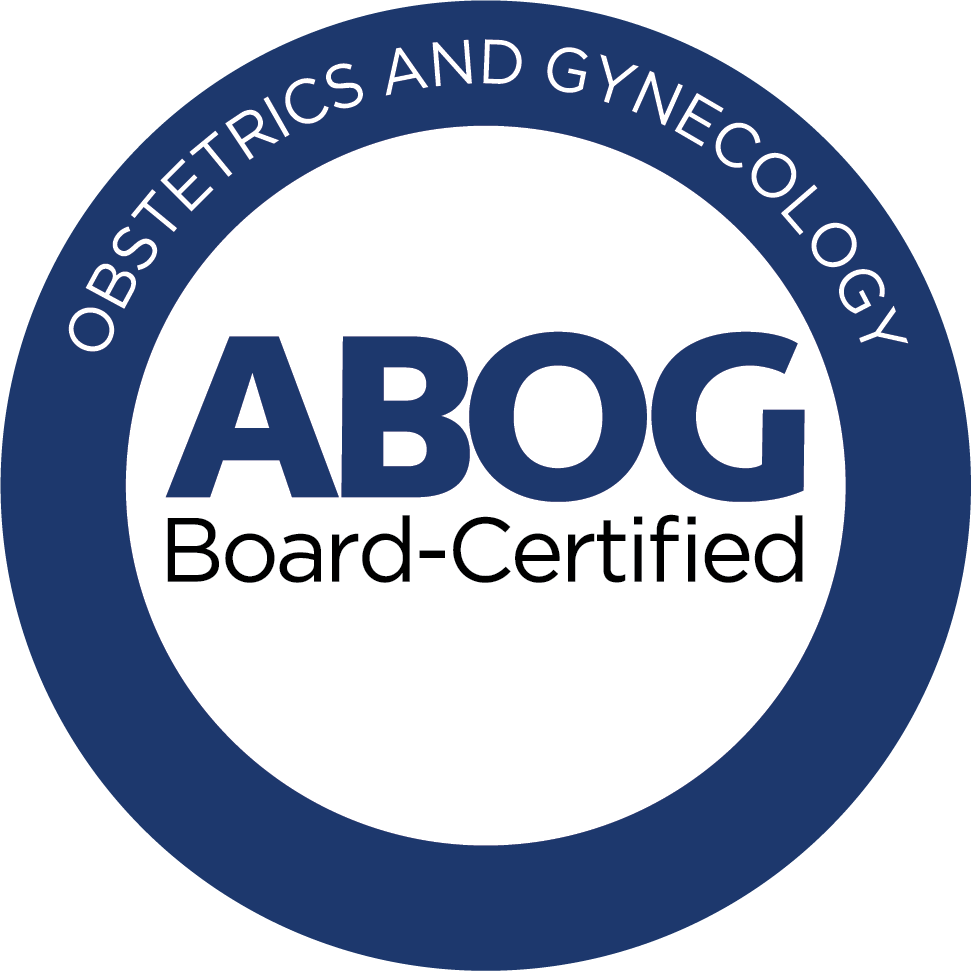The Basics of Labor Stages
The process of childbirth can feel overwhelming, especially for first-time mothers. Understandably, many women want to know what to expect during this crucial period. In this blog post, we will explore the stages of labor and delivery in a comprehensive manner, demystifying the process, and providing some guidance from the Women’s Health Group, an Obstetrician-gynecologist group based in Chicago, Illinois. The keyword for this discussion is ‘Labor Stages’.
What Are the Stages of Labor?
Labor is divided into three main stages: The first stage involves the onset of contractions and ends with full cervical dilation. The second stage is the period of active pushing and birth of the baby while the final stage is the delivery of the placenta. Let’s delve deeper into each stage.
The First Stage of Labor
The first stage of labor is often the longest and involves three phases: early labor, active labor, and transition.
- Early labor: This is marked by mild contractions that last about 30 to 45 seconds and come every 5 to 15 minutes. Your cervix begins to thin out and dilate. During this phase, you might feel a sense of excitement mixed with nervousness. It’s a good time to relax as much as possible.
- Active labor: Your contractions become longer, closer together, and more intense. You’ll feel a growing pressure in your back. The cervix dilates faster in this phase which lasts about four to eight hours. Some women might feel the urge to push but it’s crucial not to do so until the cervix is fully dilated.
- Transition: This period may last anywhere from 15 minutes to three hours. Contractions are very close together and can last for about 60 to 90 seconds. You may have a strong urge to push. You are nearing the end of stage one when your cervix is dilated about 7 cm to 10 cm.
The Second Stage of Labor
The second stage begins when the cervix is fully dilated, and ends with the delivery of your baby. This stage is often referred to as the “pushing” stage. The mother will feel a strong urge to push with each contraction. The baby will start to descend in the birth canal and with each contraction, the baby moves closer towards the exit. This stage could last anywhere between minutes to a few hours.
The Third Stage of Labor
The third and final stage involves the delivery of the placenta, also known as afterbirth. Right after the birth of your baby, contractions continue until the placenta is expelled. This typically takes between five and 30 minutes. You might feel some fatigue yet relief that labor is over.
Medical Interventions During Labor
During labor, various medical interventions may be used depending on the mother and baby’s health, progress of labor and personal birth plans. Some of these interventions include epidural for pain relief, labor induction, and at times cesarean delivery. For detailed information on medical interventions during labor, click here.
How to Prepare For Labor Stages
Given that labor can be an uncertain process, it’s essential for expecting women to be prepared. Educating yourself about the process, creating a birth plan, practicing healthy habits, and attending prenatal classes can significantly enhance readiness for the labor stages. For more tips on how to prepare for labor, click here.
Key Takeaways
Understanding the stages of labor can ease anxiety and improve your birthing experience. Remember, labor and delivery are different for every woman, and unpredictability is a natural part of the process. Your healthcare team will guide and support you through every stage of this beautiful journey.




